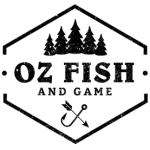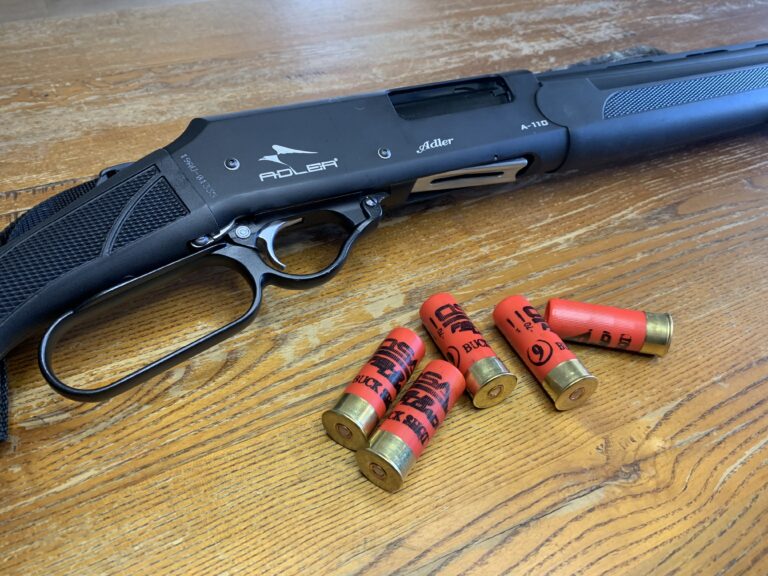White spot disease is a highly contagious viral infection that affects crustaceans such as prawns, yabbies and, crabs. When found in highly populated areas, it results in the rapid mortality of prawns.
It was first detected in South East Queensland in December 2016. Seven prawn farms on the Logan River were affected over the following 12-month period, as were the region’s wild prawns. A range of enhanced biosecurity measures was introduced to minimise the risk of recurrence in local prawn farms. Unfortunately, this disease has continued to spread in the wild, now covering Moreton Bay and Deception Bay.
Due to the potential risk of infection in wild-caught crustaceans, recreational fishers are required to adhere to movement restrictions for animals caught in this region – check the end of this article for more details.
Effect on humans
White spot disease does not pose a risk to food safety or human health.
Signs of infection
Prawns may:
- have loose shells
- show numerous white spots (0.5–2.0mm in diameter) on the inside surface of the shell
- be discoloured pink-to-red
- have unusual mortality
- come to the edge or water surface
- demonstrate unusual swimming patterns.
Other crustaceans (e.g. crabs):
- can be carriers
- may not display any visible signs.
Source of infection
An investigation conducted by the Australian Government in 2016 concluded that over 85% of imported prawns were infected with white spot disease. No clear source of the infection has been determined, although it is likely that imported prawns have been used as bait, thereby introducing this disease into local waterways…
How it spreads
The disease is primarily spread through the movement of infected animals or contaminated water. Birds may contribute to the spread by feeding on or moving with captured prey. Marine worms have been implicated as potential carriers of the disease overseas, although testing indicates this is not the case in Moreton Bay.
Fin fish are not affected by, nor a carrier of the disease.
How to prevent it from spreading:
- Purchase bait from a local reputable bait shop, or source your own from local waterways.
- Do not use cooked prawns, yabbies, or crabs for bait – especially imports!
- Place all unwanted seafood in the bin, not in the ocean or waterways.
- Keep your fishing gear, boat, and trailer clean. Make sure that any bait, debris, and seaweed are removed. In particular, check wheel arches on trailers, boat propellers, fishing tackle, and footwear.
- Use soapy water to clean your boat and trailer, fishing rods, and other equipment, and allow them to dry completely before using them at another location, even if it is on the same day.
Movement restrictions are in place. You must not move crustaceans out of the white spot disease-restricted area (PDF, 1.47MB).










